Effects of SiC Nanoparticles on the Properties of Titanium-Matrix Foams Processed by Powder Metallurgy
Abstract
:1. Introduction
2. Experimental Procedure
2.1. Materials
2.2. Procedure
3. Results and Discussion
3.1. TGA Results
3.2. Characterization of Produced Foams
3.3. Compressive Properties and Energy Absorption of Produced Foams
4. Conclusions
- Using this procedure, foams with 57 vol % to 70 vol % porosity were obtained.
- The pore size was in the range of 20–150 µm and the structure was closed cell.
- Thermal analysis results of TiH2 powders indicated that the decomposition of TiH2 starts at 450 °C and finishes at 630 °C. Therefore, the best temperature for foaming was determined as 630 °C.
- It was found that the compressive strength of samples was in the range of 14.4–32.3 MPa.
- With increasing SiC weight percent, relative density was increased to 0.43 in the sample with 1.5 wt % SiC.
- The energy absorption of samples was increased with increasing SiC weight percent up to 33.09 MJ/m3.
Acknowledgments
Author Contributions
Conflicts of Interest
References
- Neville, B.P.; Rabiei, A. Composite metal foams processed through powder metallurgy. Mater. Des. 2008, 29, 388–396. [Google Scholar] [CrossRef]
- Xue, X.; Zhao, Y. Ti matrix syntactic foam fabricated by powder metallurgy: Particle breakage and elastic modulus. JOM 2011, 63, 43–47. [Google Scholar]
- Ahn, M.K.; Jo, I.H.; Koh, Y.H.; Kim, H.E. Production of highly porous titanium (Ti) scaffolds by vacuum-assisted foaming of titanium hydride (TiH2) suspension. Mater. Lett. 2014, 120, 228–231. [Google Scholar] [CrossRef]
- Fan, X.P.; Feng, B.; Di, Y.L.; Wang, J.X.; Lu, X.; Weng, J. Graded Porous titanium scaffolds fabricated using powder metallurgy technique. Powder Metall. Met. Ceram. 2012, 51, 372–377. [Google Scholar] [CrossRef]
- Dunand, C.D. Processing of Titianium Foams. Adv. Eng. Mater. 2004, 6, 369–375. [Google Scholar] [CrossRef]
- Aşık, E.E.; Bor, Ş. Fatigue behavior of Ti-6Al-4V foams processed by magnesium space holder technique. Mater. Sci. Eng. A 2015, 621, 157–165. [Google Scholar] [CrossRef]
- Gu, Y.W.; Yong, M.S.; Tay, B.Y.; Lim, C.S. Synthesis and bioactivity of porous Ti alloy prepared by foaming with TiH2. Mater. Sci. Eng. C 2009, 29, 1515–1520. [Google Scholar] [CrossRef]
- Xiong, Y.; Qian, C.; Sun, J. Fabrication of porous titanium implants by three-dimensional printing and sintering at different temperatures. Dent. Mater. J. 2012, 31, 815–820. [Google Scholar] [CrossRef]
- Poletti, C.; Balog, M.; Schubert, T.; Liedtke, V.; Edtmaier, C. Production of titanium matrix composites reinforced with SiC particles. Compos. Sci. Technol. 2008, 68, 2171–2177. [Google Scholar] [CrossRef]
- Choe, H.; Abkowitz, S.; Abkowitz, S.M.; Dunand, D.C. Mechanical properties of Ti-W alloys reinforced with TiC particles. Mater. Sci. Eng. A 2008, 485, 703–710. [Google Scholar] [CrossRef]
- Lee, K.; Kim, W.G.; Cho, J.Y.; Eun, S.W.; Choe, H.C. Effects of TiN film coating on electrochemical behaviors of nanotube formed Ti-xHf alloys. Trans. Nonferrous Met. Soc. China 2009, 19, 857–861. [Google Scholar] [CrossRef]
- Yoshida, H.; Lu, Y.; Hirohashi, M. Fabrication of Ti/TiO2 and Cu/TiO2 composite photocatalyst by spark plasma sintering and its characteristics. J. Jpn. Soc. Powder Powder Metall. 2010, 57, 69–75. [Google Scholar] [CrossRef]
- Karbalaei Akbari, M.; Rajabi, S.; Shirvanimoghaddam, K.; Baharvandi, H.R. Wear and friction behavior of nanosized TiB2 and TiO2 particle-reinforced casting A356 aluminum nanocomposites: A comparative study focusing on particle capture in matrix. J. Comput. Mater. 2015, 49, 3665–3681. [Google Scholar] [CrossRef]
- Liang, H.Q.; Juan, C.; Wei, P.; Jian, C.; Jie, L. In situ processing of TiN/Si3N4 composites by Ti-Si3N4 solid state reaction. Mater. Lett. 1997, 31, 221–225. [Google Scholar]
- Eriksson, M.; Salamon, D.; Nygren, M.; Shen, Z. Spark plasma sintering and deformation of Ti-TiB2 composites. Mater. Sci. Eng. A 2008, 475, 101–104. [Google Scholar] [CrossRef]
- Godfrey, T.M.T.; Wisbey, A.; Goodwin, P.S.; Bagnall, K.; Ward-Close, C.M. Microstructure and tensile properties of mechanically alloyed Ti-6A1-4V with boron additions. Mater. Sci. Eng. A 2000, 282, 240–250. [Google Scholar] [CrossRef]
- Liu, M.; Wang, Z.; Li, Q.; Shi, G.; Wu, C.; Li, Y. Effects of Y2O3 on the mechanical properties of Ti/Al2O3 composites of hot pressing sintering. Mater. Sci. Eng. A 2015, 624, 181–185. [Google Scholar] [CrossRef]
- Hieda, J.; Niinomi, M.; Nakai, M.; Cho, K.; Nagai, S. Effect of oxide particles formed through addition of rare-earth metalon mechanical properties of biomedical β-type titanium alloy. Mater. Trans. 2013, 54, 1361–1367. [Google Scholar] [CrossRef]
- Ma, L.; Wang, H.B.; Hu, Z.H. Synthesis and mechanical property evaluation of Ti-TiAl metal-intermetallic microlaminate composite. Adv. Mater. Res. 2010, 97, 1693–1696. [Google Scholar] [CrossRef]
- Sumida, M.; Kondoh, K. In-situ synthesis of Ti matrix composite reinforced with dispersed Ti5Si3 particles via spark plasma sintering. Mater. Trans. 2005, 46, 2135–2141. [Google Scholar] [CrossRef]
- Xue, X.; Wang, L.; Wang, M.; Lu, W.; Zhang, D. Manufacturing, compressive behaviour and elastic modulus of Ti matrix syntactic foam fabricated by powder metallurgy. Trans. Nonferrous Met. Soc. China 2012, 22, 188–192. [Google Scholar] [CrossRef]
- Zeppelin, F.; Hirscher, M.; Stanzick, H.; Banhart, J. Desorption of hydrogen from blowing agents used for foaming metals. Compos. Sci. Technol. 2003, 63, 2293–2300. [Google Scholar] [CrossRef]
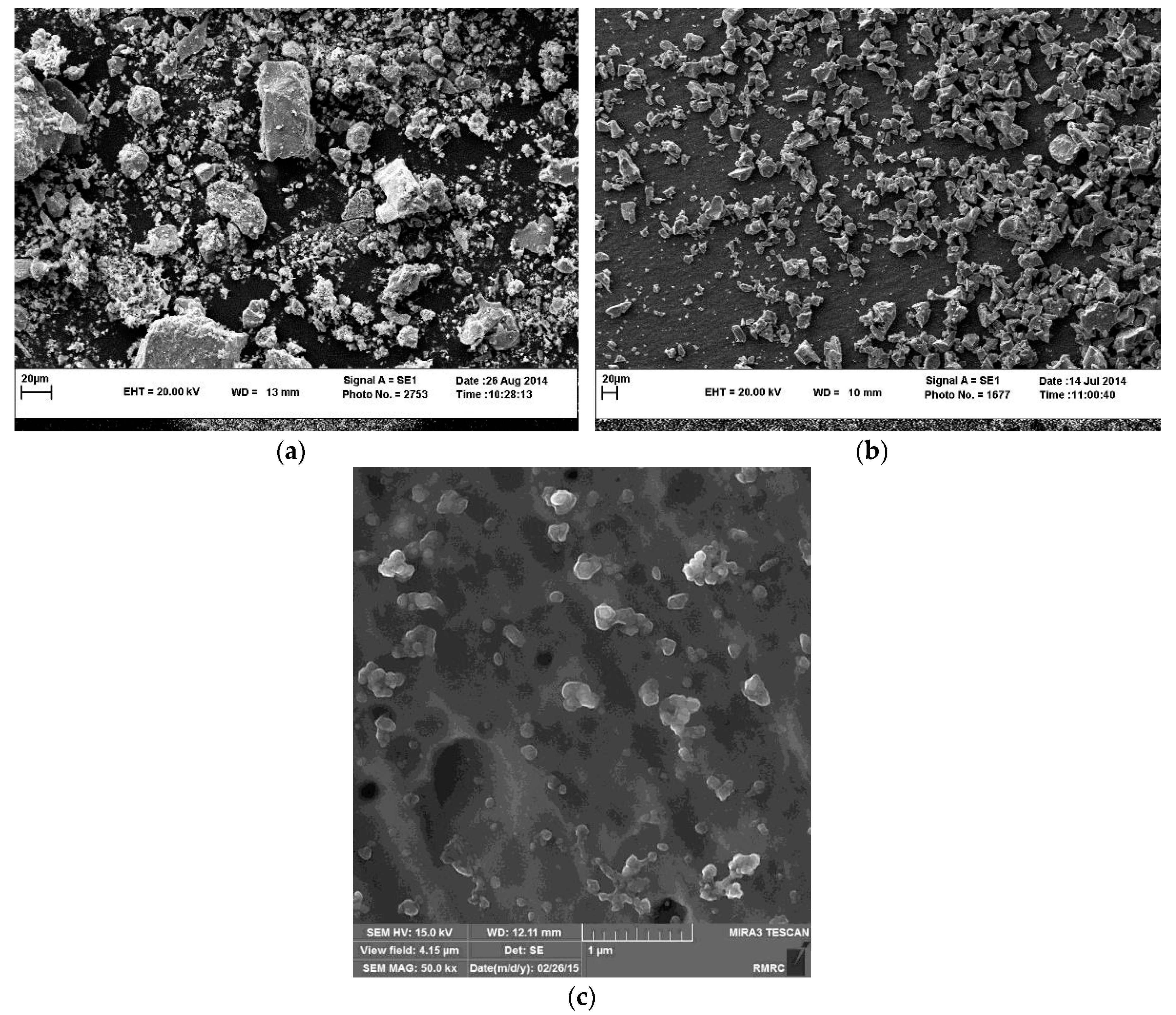
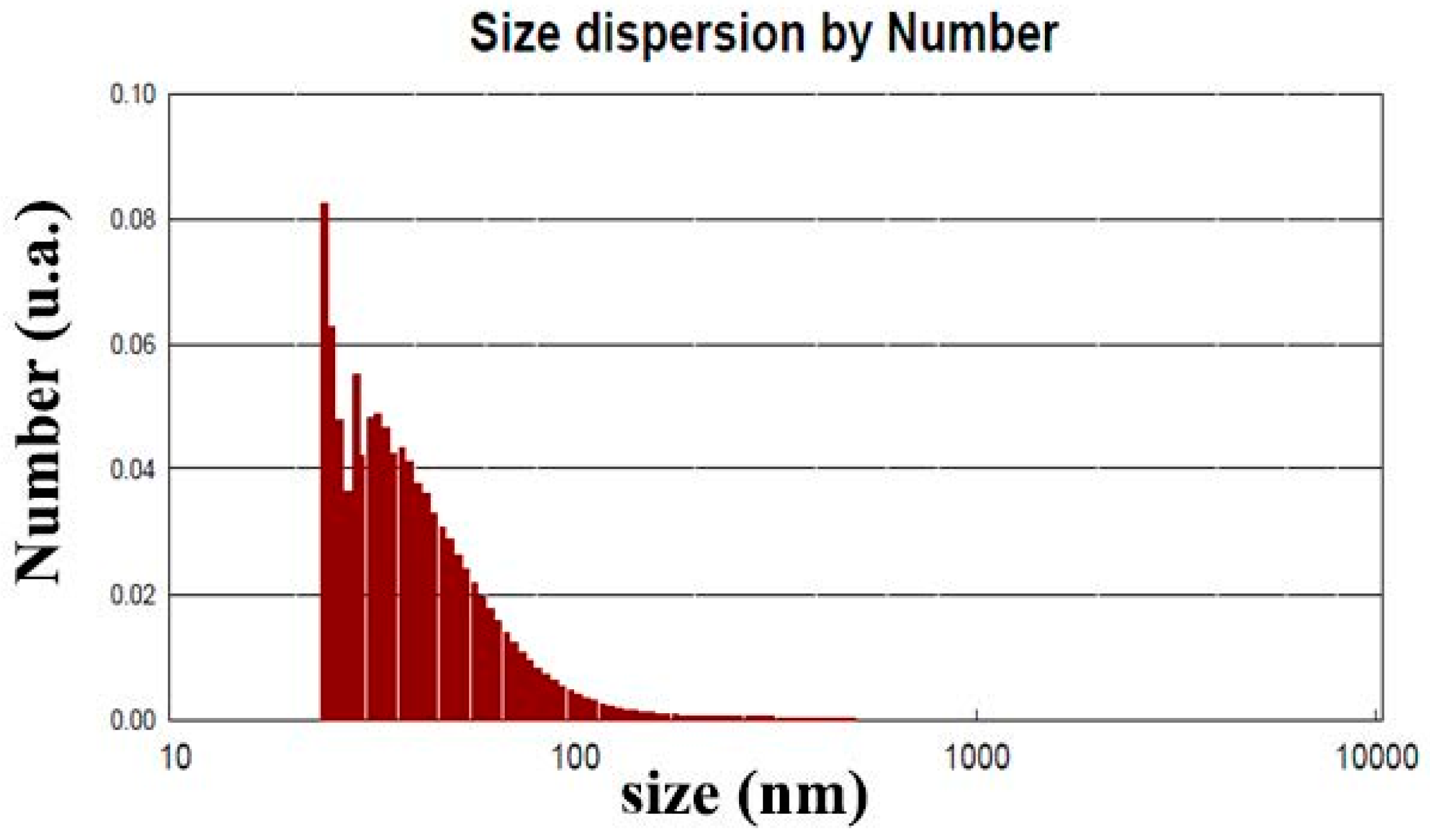

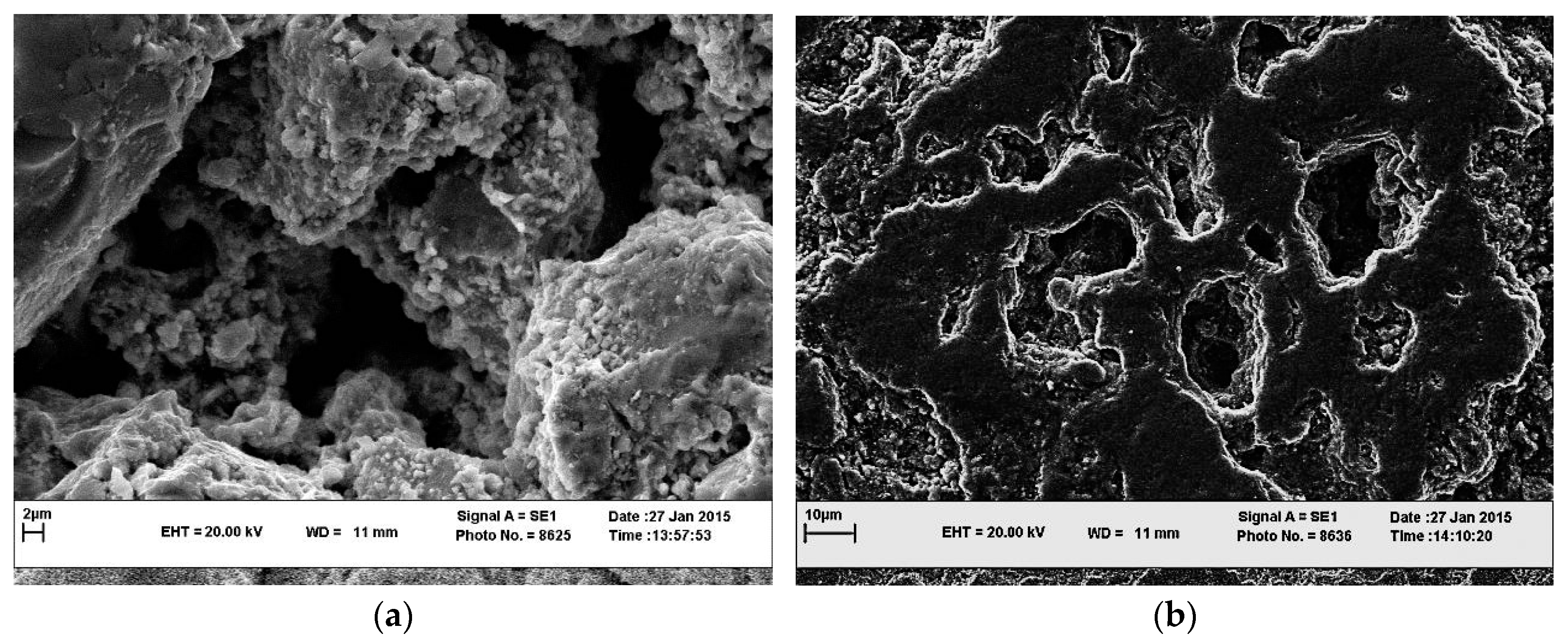
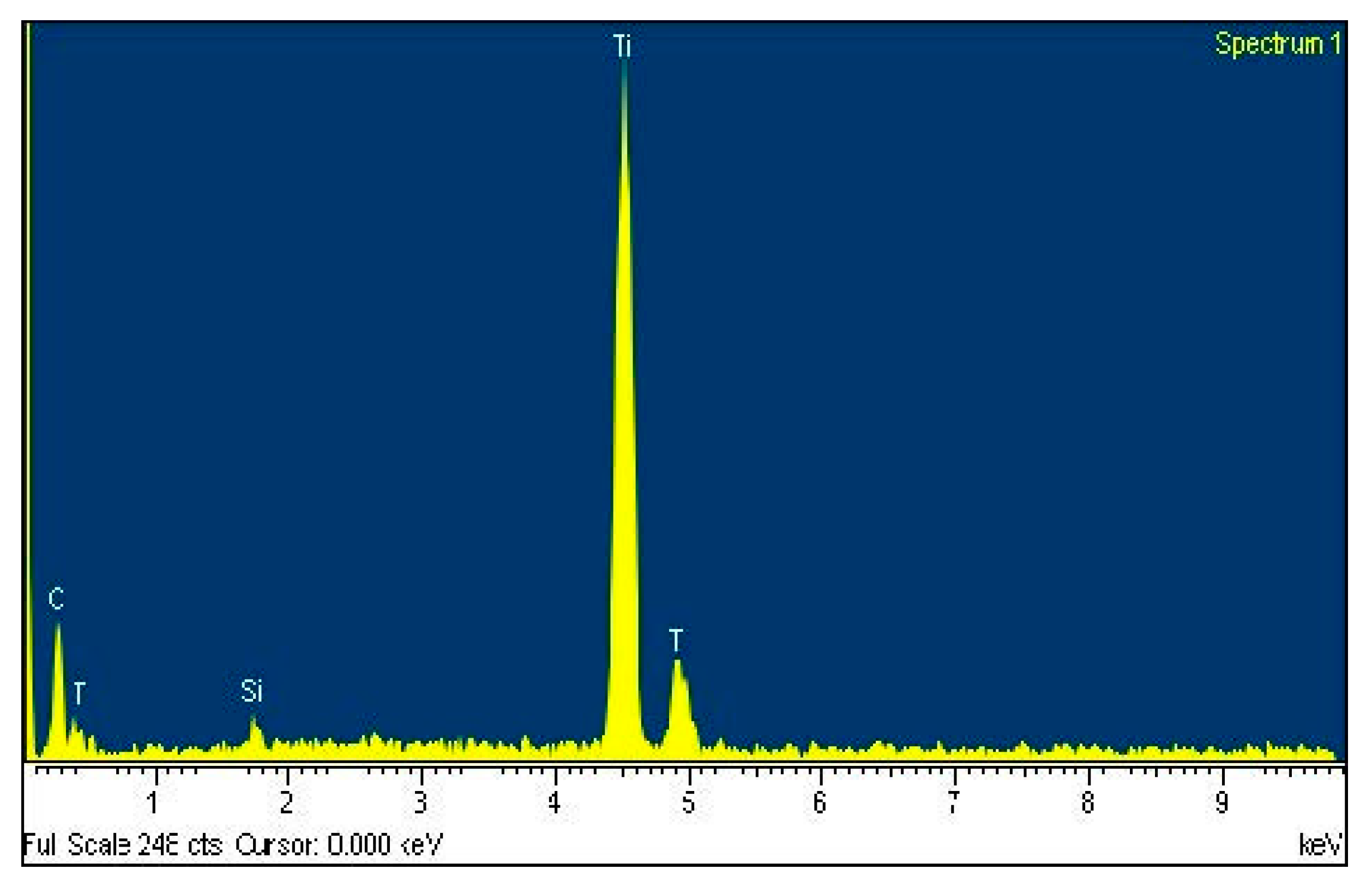
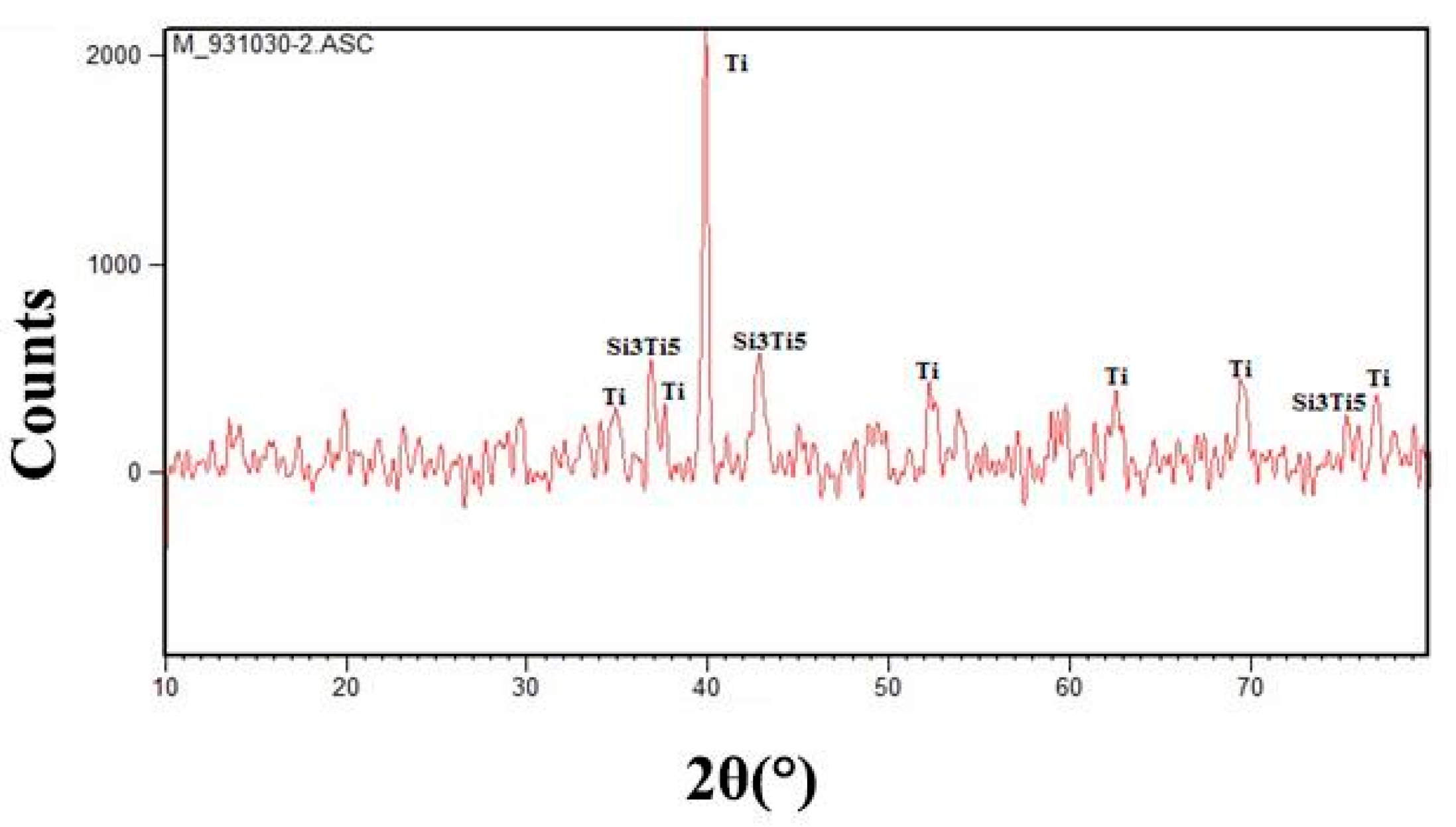
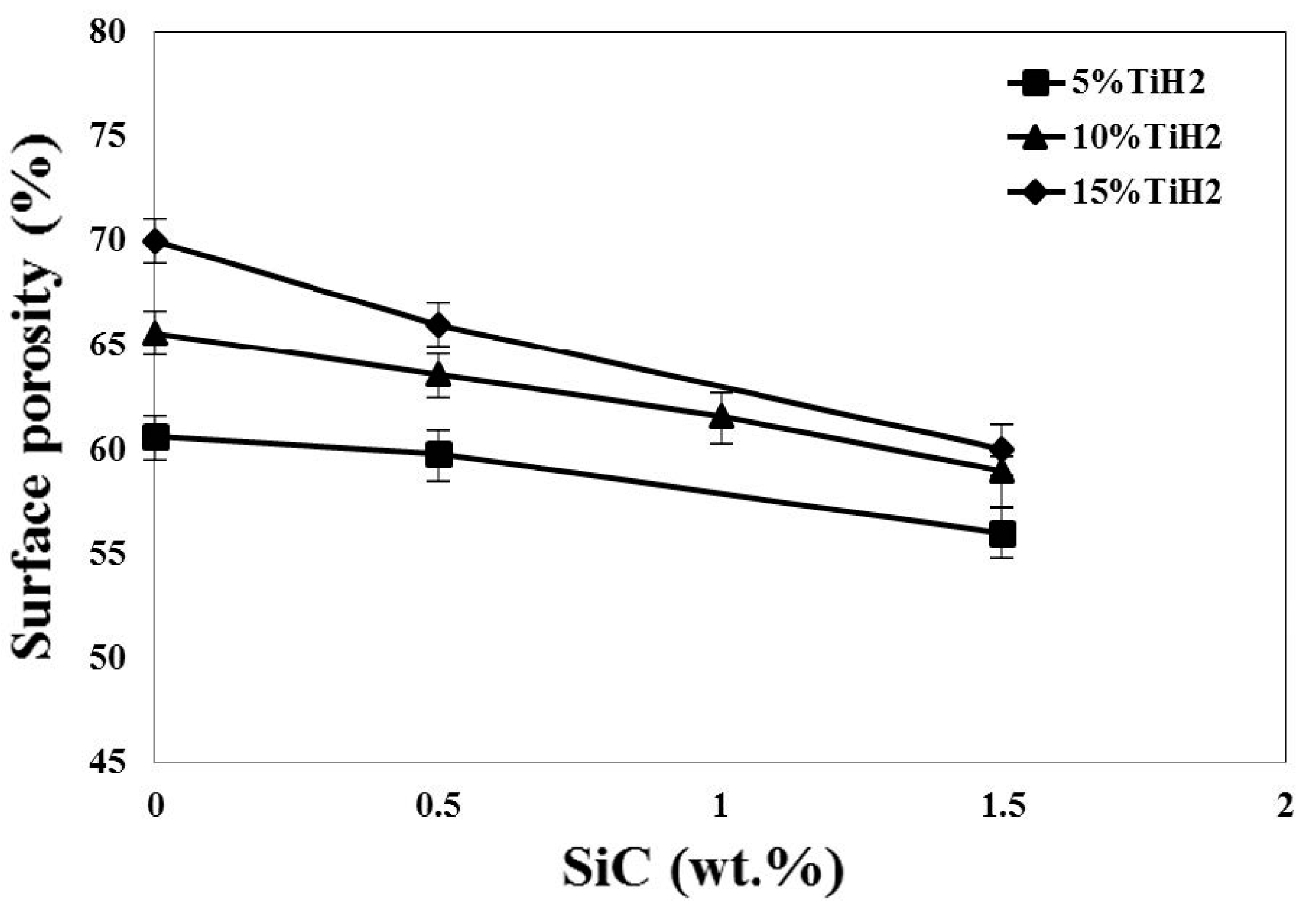


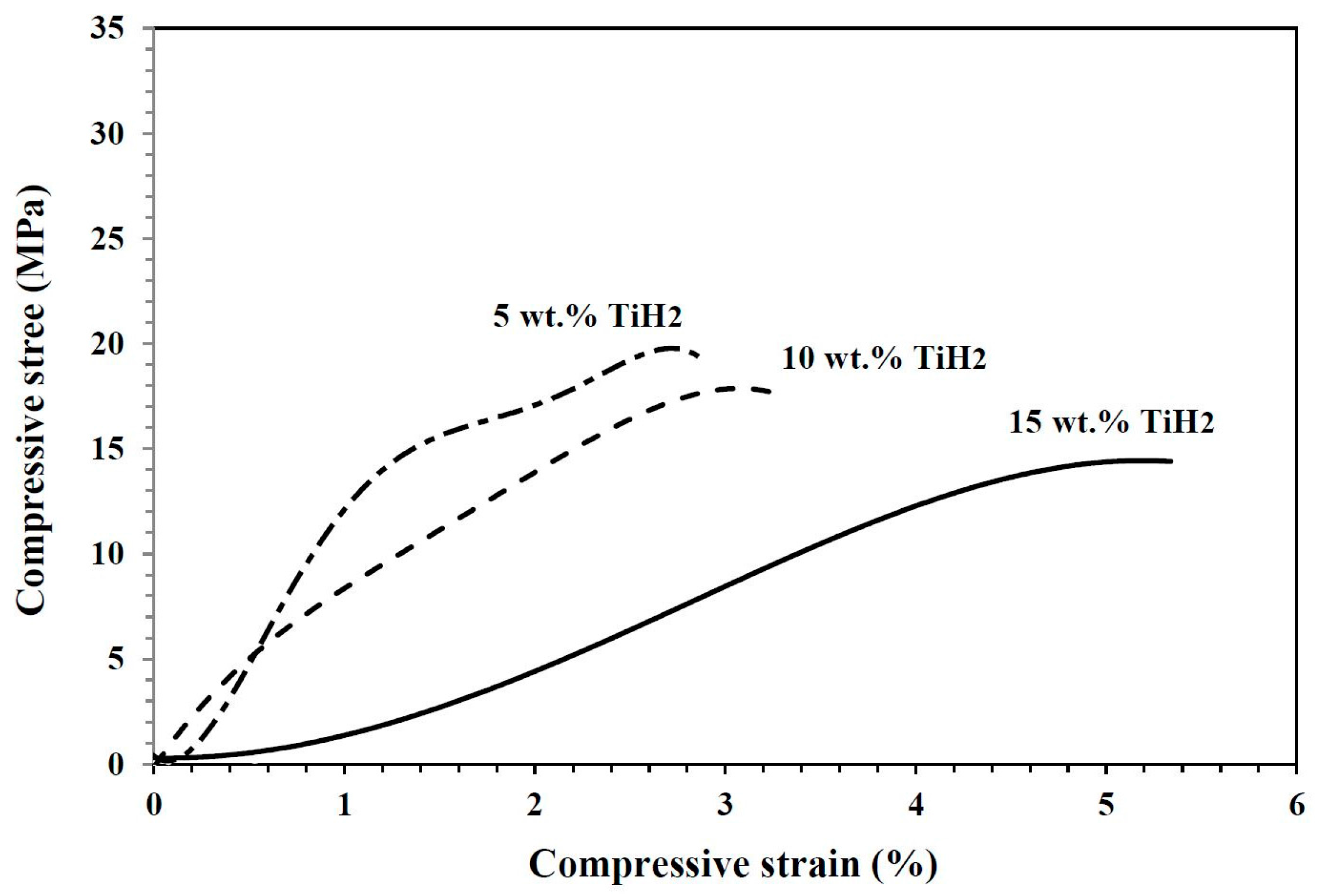
| Sample | SiC (wt %) | TiH2 (wt %) | Relative Density | Porosity (vol %) | Compressive Strength (MPa) | Energy Absorption (MJ/m3) |
|---|---|---|---|---|---|---|
| 1 | 0 | 5 | 0.39 | 60.6 | 19.83 | 11.33 |
| 2 | 0 | 10 | 0.34 | 65.6 | 18.00 | 11.22 |
| 3 | 0 | 15 | 0.30 | 70.0 | 14.46 | 7.10 |
| 4 | 0.5 | 5 | 0.40 | 59.8 | 24.31 | 21.63 |
| 5 | 0.5 | 10 | 0.36 | 63.6 | 17.77 | 8.47 |
| 6 | 0.5 | 15 | 0.34 | 66.0 | 16.51 | 7.72 |
| 7 | 1.5 | 5 | 0.43 | 57.2 | 32.30 | 33.09 |
| 8 | 1.5 | 10 | 0.41 | 59.0 | 30.40 | 5.74 |
| 9 | 1.5 | 15 | 0.40 | 60.0 | 20.37 | 8.97 |
© 2017 by the authors. Licensee MDPI, Basel, Switzerland. This article is an open access article distributed under the terms and conditions of the Creative Commons Attribution (CC BY) license (http://creativecommons.org/licenses/by/4.0/).
Share and Cite
Edalati, E.; Sajjadi, S.A.; Babakhani, A. Effects of SiC Nanoparticles on the Properties of Titanium-Matrix Foams Processed by Powder Metallurgy. Metals 2017, 7, 296. https://doi.org/10.3390/met7080296
Edalati E, Sajjadi SA, Babakhani A. Effects of SiC Nanoparticles on the Properties of Titanium-Matrix Foams Processed by Powder Metallurgy. Metals. 2017; 7(8):296. https://doi.org/10.3390/met7080296
Chicago/Turabian StyleEdalati, Ensieh, Seyed Abdolkarim Sajjadi, and Abolfazl Babakhani. 2017. "Effects of SiC Nanoparticles on the Properties of Titanium-Matrix Foams Processed by Powder Metallurgy" Metals 7, no. 8: 296. https://doi.org/10.3390/met7080296
APA StyleEdalati, E., Sajjadi, S. A., & Babakhani, A. (2017). Effects of SiC Nanoparticles on the Properties of Titanium-Matrix Foams Processed by Powder Metallurgy. Metals, 7(8), 296. https://doi.org/10.3390/met7080296





